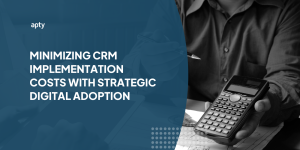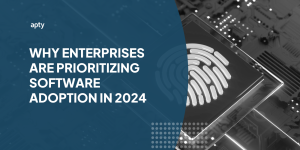Are you considering implementing Workday in your enterprise? With over 55 million users and serving some of the world’s largest organizations, Workday is a powerful application that can revolutionize your business processes. However, with annual memberships costing up to $40-160 PEPM and starting at $300K-$800k, effective implementation is crucial for maximizing ROI. Explore the importance of digital adoption for Workday and provide strategies for ensuring successful implementation.
Let’s dive in!
Workday is one of the most powerful systems on the market, but it can be more complex to implement. Workday implementation typically takes 6 to 14 months, and further customizations–and business process changes–add to its complexity. A digital adoption platform (DAP) for Workday speeds up implementation, onboarding, and training life cycles.
According to Fujitsu, the key drivers of digital transformation in retail include greater competitiveness, with 70% rating high or very high significance, 69% better efficiency and cost savings, 69% stronger customer interactions, and 67% increased revenue.
Digital Adoption Platform one practical option for Workday is the all-in-one answer to getting your employees to utilize it to their maximum potential and achieve full digital transformation in your enterprise.
Decreasing your time to value by speeding up your Workday implementation time and software adoption helps you prove ROI and software value and achieve digital transformation. Adding further safeguards to accelerate digital adoption buy-in increases employee engagement and positive experiences and lowers turnover. Consider best practice methodologies and strategies to prevent delayed Workday implementation. Let’s look at Workday implementation challenges and how a DAP can help you achieve successful Workday adoption.
Workday Implementation Challenges:
The top Workday implementation challenges include the following:
- Lack of Collaboration and Communication
- Data Migration and Reporting Issues
- Lack of Proper Documentation

1. Lack of Collaboration and Communication:
According to a study by Queen’s university of charlotte – About 75% of employers rate teamwork and collaboration as “very important.” When adopting Workday, many companies concentrate on involving their leadership and overlook mid-level managers and end users. For Workday deployment, organizations often include people from HR, Finance, and IT, but they also need to concentrate on involving other functional departments that will use the application. The adoption of the product is impeded if this is not done.

To prevent future disagreements, consult every team the Workday deployment will impact. This will guarantee that everyone in the company accepts the change.
Let’s have a look at a real-world example of how inefficient communication costs organizations:
Tesla recalled nearly 363,000 vehicles equipped with ‘Full Self-Driving’ due to safety risks. While Tesla CEO Elon Musk has not yet commented on the nature or scope of the problem, he tweeted that “the word “recall” for an over-the-air software update is anachronistic and just flat wrong!”
But NHTSA said in a statement, “manufacturers must initiate a recall for any repair, including a software update, that remedies an unreasonable risk to safety.” The federal agency said it will “continue to monitor the recall remedies for effectiveness.”
This may have been avoided if they had better internal communication throughout their processes, QA checkpoints, and with project stakeholders. Also, creating transparency and notifying customer service teams sooner would have helped. Instead of Tweeting updates to the public, they could have updated their entire staff instantly with the information, links to solutions and assistance for customers, and instant live updates to team to help field calls and answer customers.
2. Data Migration and Reporting Issues:
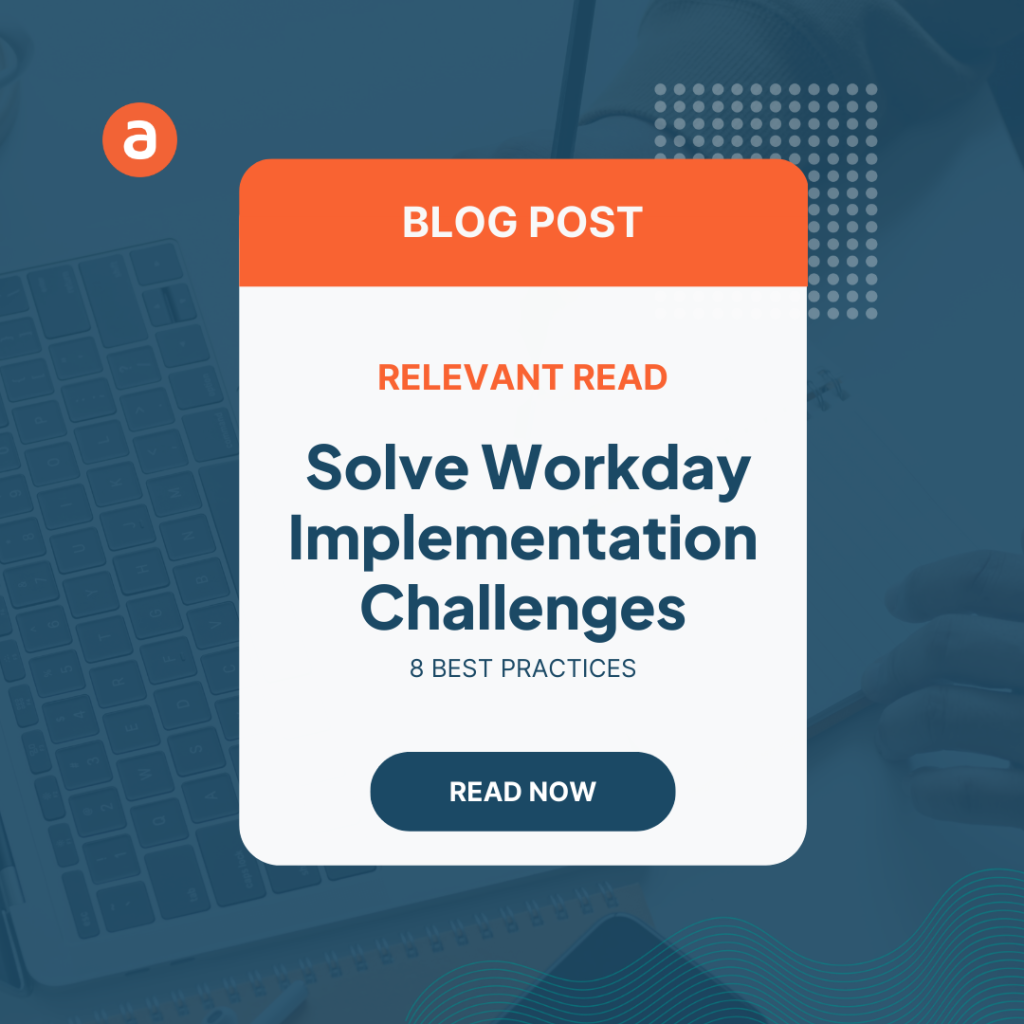
With any enterprise software, converting and migrating data is a challenging task. The issue with Workday is that your current data format may be different from the application’s data format. Numerous problems could cause project delays to come to light throughout this process:
- Data redundancy
- Mismatch of data and information
- Unknown or unrecognizable data points
A study by IDS suggests that 41% of companies cite inconsistent data across technologies (CRMs, Marketing Automation Systems, etc.) as their biggest challenge. Evaluate how the data will flow across various platforms, how the Workday application will interact and exchange data with the current system, and whether any data conversion is necessary.
Finding ways to prioritize data hygiene after implementation helps decrease the likelihood of this issue happening again. Human error, unnecessary fields, unclear workflows, and redundant business processes can all be culprits. Meet with your Digital Adoption Center of Excellence (CoE) team–your stakeholders, subject matter experts (SMEs), and pertinent software users–to define ways to reduce these occurrences to create more reliable, readily transferable data.
3. Lack of Proper Documentation:
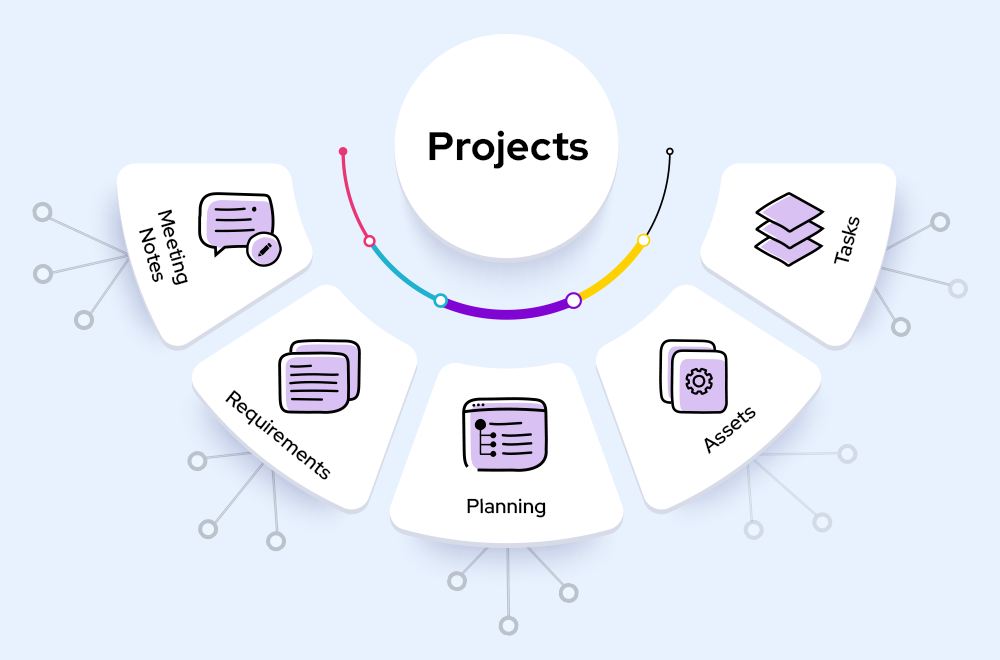
Source: document360
Workday’s implementation challenges can cascade into future stages in the process, and a wide range of customization options creates the further potential for mistakes. With several decision-makers at each level or by using a digital adoption platform, keeping a list of decision logs and thorough documentation helps keep track of critical decisions, reduces redundant conversations, and creates one reliable source of truth for the project.
A World Health Organization (WHO) study found that a contributing cause of medical errors is inadequate communication among healthcare professionals. Evidence from the USA revealed that medication and medical record errors cause almost 1.3 million injuries and at least one death each year.
- Customizing the Employee Self-Service (ESS) portal: Many organizations want to customize the look and feel of the ESS portal and the functionality available to employees. For example, they may want to add a custom dashboard, change the color scheme, or add a new section for employee recognition. This customization requires detailed documentation to ensure that the design and functionality are clearly defined and can be easily implemented by the Workday team.
- Creating custom reports:
Custom reports are a famous use case for Workday and are often used to gain a deeper understanding of HR data and business metrics. Organizations must clearly define the requirements to create a custom report, including the data elements, filters, and sorting options. This information should be documented and shared with the Workday team to generate the report accurately and efficiently. - Configuring workflows and approvals: Workday allows organizations to create custom workflows and support for HR processes, such as new hire onboarding or performance review processes. To ensure that these processes are configured correctly, organizations should provide the following: Detailed documentation on the steps involved, roles and responsibilities of each participant and any specific approval rules.
- Integrating with external systems: Many organizations use Workday with other systems, such as payroll or time and attendance systems. To ensure these systems integrate seamlessly, organizations must provide detailed documentation on the integration requirements, including the data elements to be exchanged and any specific rules or constraints.
In all cases, clear and comprehensive documentation using digital adoption platform is critical to ensure that the Workday customization is implemented accurately and effectively. It helps to reduce the risk of errors, reduces the time and effort required for implementation, and provides a reference for future updates and maintenance.

Why do you Need a Digital Adoption Platform for Workday?
The Workday digital adoption platform can serve diverse purposes and cater to various departmental needs within an organization. The platform’s flexibility allows for multiple use cases, each tailored to the unique requirements of the respective department.
Here are a few ways Workday is used differently by different departments and job roles within a specific department:
- Human Resources: HR uses Workday for employee onboarding, performance management, benefits administration, and payroll management. HR, payroll, and managers use Workday’s time and attendance functionality to track employee hours, approve time off requests, and manage schedules.
- Finance: Finance departments use Workday for financial planning and analysis, procurement, accounts payable and receivable, and expense management. Payroll departments use Workday for processing payroll, managing employee tax information, and handling employee compensation.
- IT: Departments use Workday to manage IT assets, track software licenses, and manage IT projects.
- Recruiting: Recruiting departments use Workday for applicant tracking, resume management, and job posting.
- Management: Managers use Workday for performance management, succession planning, and talent development.
Maximizing the potential of Workday requires effective digital adoption across various departments and roles. From HR and finance to IT and recruiting, each department can leverage Workday’s diverse functionalities to streamline operations and improve productivity. However, to fully realize these benefits, organizations must prioritize digital adoption for Workday across all levels of the organization. By providing comprehensive training and support, organizations can ensure seamless implementation and drive successful outcomes. Ready to harness the power of Workday? Start with a solid digital adoption strategy today to optimize your digital adoption for Workday.
Validating data, personalizing the onboarding process, ensuring business process compliance, and overcoming change resistance are all made easier with a digital adoption platform.
A. In-app Onboarding Creates Positive Employee Experiences:
After Workday implementation, software owners and L&D specialists may no longer need to implement retraining or further employee education on the platform. Some may feel other departments should own these initiatives since they pertain to change management, business processes, specific job roles, and potential digital transformation initiatives.
Studies suggest that humans forget approx 50% of new information within an hour of learning it. That goes up to an average of 70% within 24 hours.
Including Workday and in-app training in your onboarding checklist can reduce recruitment and onboarding cycle times, decrease IT tickets, minimize training forgetfulness, give users autonomy in their learning journey, increase employee engagement, and decrease employee turnover. CareerBuilder reported that 93% of employers believe a good onboarding experience is critical in influencing a new employee’s decision whether to stay with a company.
An enterprise DAP offers in-app walkthroughs that seamlessly lead employees through their Workday business process. They can target specific announcements to user groups based on their job roles, minimizing disruptive tutorials for those who don’t need them. The cloud-based app can also launch automated processes and tutorials–in-app or cross-applications–at the touch of a button. This not only ensures faster completion of tasks but also helps you boost employee engagement and productivity.
B. Find & Fix Employee Bottlenecks Using Analytics:
Enterprise DAPs’ analytics assists in determining where users skip fields, get stuck or abandon processes when using Workday. These DAPs address these user pain points by creating personalized support information through tooltips, announcements, and even supplies reference materials like videos, guides, and links if warranted.
Industries like hospitality, food & beverage, and retail have seasonal hirings and turnover that require fast change management protocols, including on-the-job training. These employees also deal with changing promotions and business process strategies to help customers better faster. DAPs offer quick information feedback and turnaround for training, learning, and new process or promotion implementations.

Unlike other DAPs, Apty offers goal-based tracking that can tell you if users are on track to meet a new Workday process or feature goal. You can push notifications to specific user groups, not on track to meet these Workday process adoption goals. An instant message can pop up in-app to alert users of the new process that they might not be taking advantage of with an automated tutorial on how and when to use it.
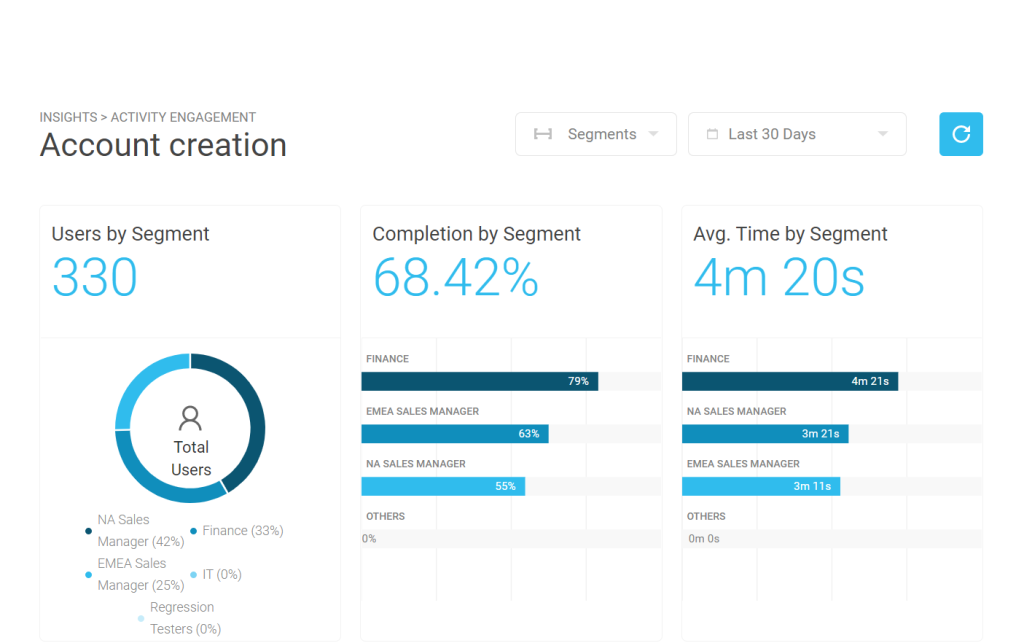
DAPs help gathers real-time insights into employee experiences and business operations. With the ability to instantly implement new business processes and improved strategies to fix bottlenecks, these insights help enhance employee productivity, customer service, and business performance.
Learn which aspects or features of Workday are used by employees and which aren’t. Recognize areas where employees are struggling and abandoning tasks. Leverage this information to train employees on those aspects or to notify them of underutilized functionalities.
C. Increased Productivity and ROI:
Employee training is made simple, easily referenceable and digestible, and effective with DAPs. Guided walkthroughs that can be launched by the user or prompted by the DAP admin assist your employees in navigating the Workday system and completing their tasks faster.
By enabling employees through a DAP, you can teach them how to use Workday faster with the ability to continue using the DAP in a self-learning environment to develop job-oriented objectives. As job roles change, business processes evolve, and workflows improve, DAPS can reinforce these updates in-app and instantaneously.
As employees move through new and old workflows, informative DAP content will engage the end-user in helping them understand processes rather than just moving through them, further ensuring employee engagement and a faster return on Workday investment. On-demand assistance, data validations, and in-app announcements assure task and data accuracy leading to reliable report pulls and data-informed decisions.
A multinational global conglomerate with over 350,000 employees faced the challenge of using multiple types of training software across its various subsidiaries, time zones, and cultures. They needed a solution that could handle the complexity of their global structure while supporting their vision to create superior, original technology and products that contribute to society.
By leveraging Apty’s cutting-edge digital adoption platform (DAP) for Workday, the company successfully overcame various challenges. Apty’s platform centralized the digital adoption process, allowing for greater efficiency and providing actionable insights to improve performance.
A smart DAP like Apty was able to facilitate meaningful global change for this company by doing the following:
- Tackling the complexity of their global environment.
- Updating an unsustainable and outdated digital adoption process.
- Access to actionable performance insights.
Apty was able to help its client function as one unified company despite its high number of subsidiaries and employees. With Apty’s help, it centralized its Digital Adoption Process rather than relying on its manual and expensive status quo.
Forbes reports that digitally advanced businesses are 23% more profitable than their less advanced counterparts. Digital advancements, according to 56% of CEOs, have enhanced revenue. Investing in a digital adoption platform will accelerate these digital transformations’ adoption and ensure they are being used as envisioned to meet both digital and business transformation goals.
D. Ensure Business Process Compliance:
Adhering to internal and external business process policies to build Workday workflows helps create standardization, scalability, and data integrity assurances. In truth, your company’s entire software program should adhere to business process compliance set by leadership. As leadership objectives and business goals change, these Workday workflows must adapt to meet these expectations: change management. A DAP can notify and update processes instantly without IT dependency, decoupling business leadership from IT timelines and prioritizing their objectives: content creation autonomy. It’s crucial not to delay updates as it jeopardizes data integrity.
A robust digital adoption platform (DAP) can be a game-changer for businesses using Workday, helping enforce business process compliance with ease. By providing structured data gathering and process transparency, a digitally mature enterprise DAP assists with compliance while increasing end-user adoption rates and decreasing training cycle time. With the ability to gain valuable insights into platform usage, businesses can identify areas for improvement and optimize their Workday experience.
Workday validation fields are used to enforce specific data rules or constraints on the data entered in a field. This helps to ensure the accuracy and consistency of data across the organization.
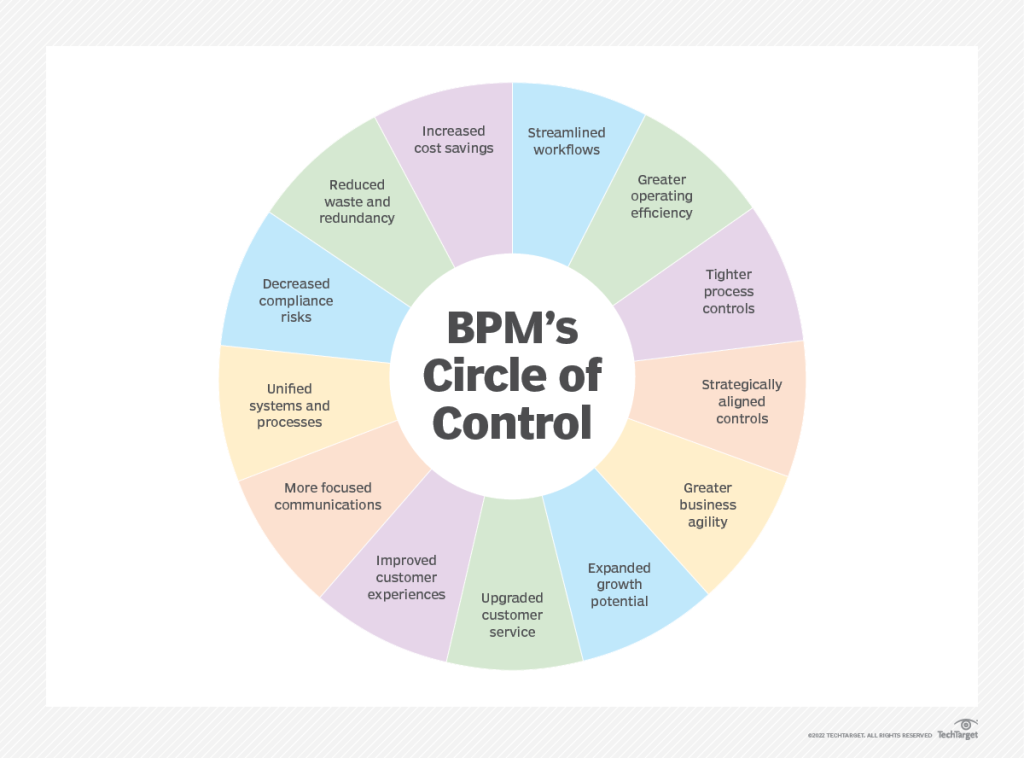
Source: TechTarget
One example of using validation fields to improve data hygiene in Workday is managing employee information. For example, when entering an employee’s date of birth, a validation field can be set up to ensure that the date entered is valid and that the employee is over the minimum legal hiring age. If an invalid date is entered, the system will prompt the user with an error message and prevent them from saving the record until the correct information is entered.
Another example is in the management of company addresses. A validation field can be set up to ensure that the postal code entered is in the correct format for the country where the company is located. This helps to ensure you enter correct postal codes, which can result in timely or un-deliverable mail.
By using validation fields, organizations can improve the quality of their data and ensure that their data remains accurate and consistent over time. This helps to support informed decision-making, streamline processes, and reduce the risk of errors and inconsistencies.
An extreme real-world example to explain the importance of validations would be the recent case in Edinburg, which led to the termination of Human Resources Director Margarita Oyervides and Payroll Director Zelda Martinez. “A string of payroll mishaps around the beginning of the 2021-2022 school year resulted in the district accidentally overpaying employees by over $6.2 million. “Although this case argues malicious intent, enterprise DAPs that include validation for payment fields may have prevented “an over payment fiasco that followed the introduction of a new district payroll system in the summer of 2021” from ever happening. A validation field can include specific parameters that prevent the end user from moving forward if a miscalculation has been detected. In this instance, an over payment notification could have triggered a notification to the user, preventing them from proceeding through the payroll process without correcting the field.
Relevant read on data validation: https://www.apty.io/use-cases/data-quality-improvement/
When investing in Workday and designing workflow processes, enterprises must consider every possibility of error because the chances of error scale up immensely when deployed to thousands of users nationally and internationally. A study suggests that automating business processes saves organizations an average of $51,000 annually.
E. Decreased Training Costs:
Traditional approaches for implementing Workday require extensive time commitments with training, support staff, collateral development, and hiring consultants. These techniques are costly and generally inefficient, particularly in remote work environments.
Digital adoption platforms offer interactive in-app walkthroughs employees utilize when using Workday during onboarding and training. It’s digital on-the-job training: in-the-app learning. Employees may effectively execute what they’ve learned in training sessions at the point of need with additional accurate help. Without turning to a co-worker or superior, your employees get self-help as they move through the Workday.
74% of workers are willing to learn new skills or retrain in order to remain employable.

You can minimize retraining material development, in-person retraining, IT tickets, leadership meetings, and collateral development time and costs by giving employees access to in-app learning tools. With faster training and onboarding cycles, decreased retraining, and more accessible training content creation with an automated step-by-step process, exports, L&D, and department leads can focus on optimizing more business initiatives.
Use this helpful onboarding checklist provided by Apty to optimize the necessary job-related training for each employee. DAP announcements displayed on the screen once logged into Workday can be used to remind remote, hybrid, or in-office workers to complete their training.
F. Reduce Employee Churn:
According to a study from New Hire Momentum: Driving the Onboarding Experience, “poor onboarding stalls new hire momentum and threatens to disconnect eager individuals during their critical first weeks on the job.”
You can lose highly sought-after talent to Workday training challenges and poor software experiences before they can learn how to utilize the platform to their advantage. With successful digital adoption, these employees may find their daily tasks easier, more efficient, and time-wasting.
Organizations with poor onboarding processes are 2X as likely to experience employee turnover
A digital adoption platform minimizes employee turnover to preventable issues like software challenges. Implementing a DAP for Workday will alleviate onboarding training fatigue, delayed job starts, and poor software experiences to improve employee retention.
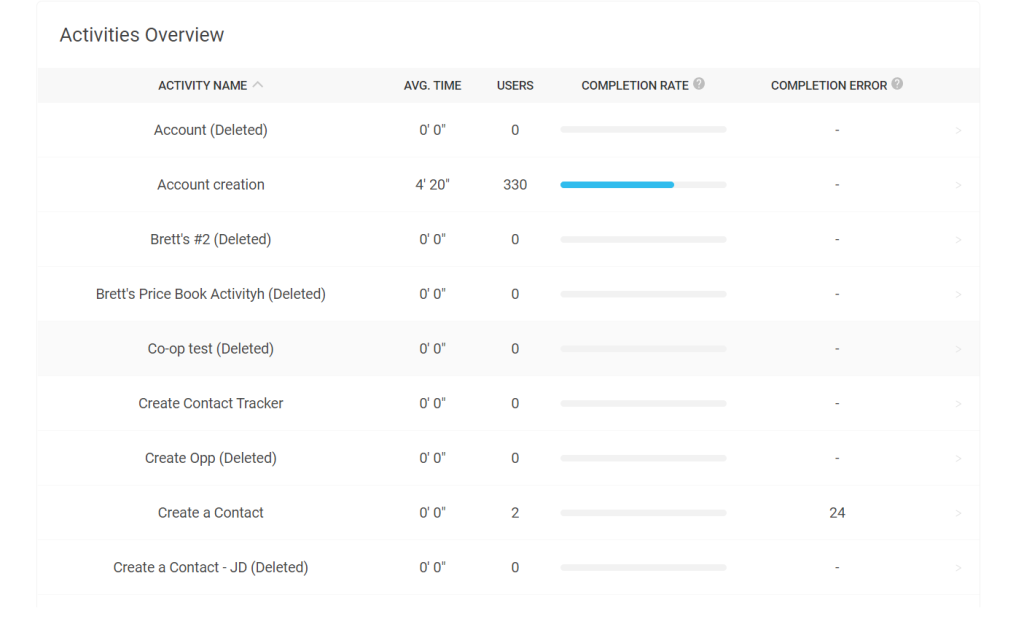
G. Reduce It & Support Team Dependency:
Workday’s enterprise software covers everything from organization planning and financial administration to human resources and human capital management.
If your employees need help with using it correctly, your support team is inundated with requests for assistance. Implementing a digital adoption platform for Workday helps minimize level 1 (L1) IT, admin, and support queries by enhancing the user experience (UX) and supporting a self-help learning environment within the app. Decoupling IT from business operations helps both teams focus on more extensive digital and business transformation objectives organization-wide. Business admins can quickly and easily update Workday processes, instructions, and training materials with enterprise DAPs without submitting an IT ticket.
Workday is a robust cloud-based HCM platform, but it is only as good as its users’ ability to employ it. Platform limitations, lacking user interfaces, and cumbersome use cases cause frustrations for employees, reducing productivity. DAPs streamline the user experience by leading users to task completion with on-screen guidance and can overcome these constraints.
An Enterprise DAP
How Digital Adoption Platform like Apty Helps Boost Your Workday Performance:
Workday provides a comprehensive solution. Please do not risk your Workday investment with poor user experiences, unreliable data, and support dependencies that reduce productivity; start optimizing it with Apty.
Apty ensures faster onboarding, training, and effortless Workday adoption. As an enterprise DAP, it improves the user experience of your Workday deployment and provides insights into adoption metrics, user behavior, and goal-based adoption initiatives for business processes. It keeps the organization at the forefront of Workday change initiatives but also aids in managing digital transformation efforts.
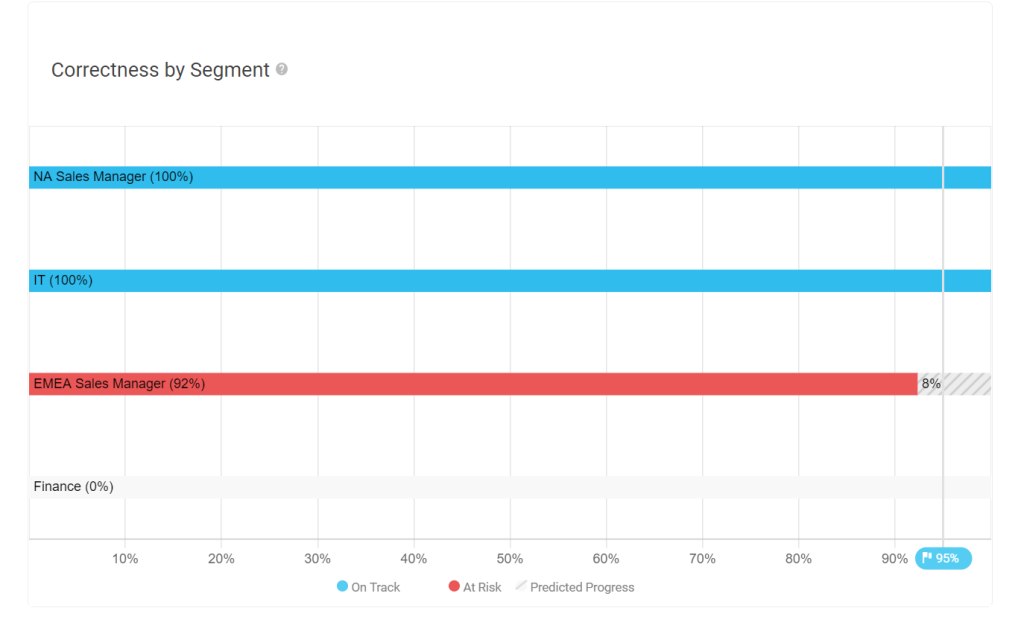
Apty’s primary purpose is to assist organizations in realizing the full potential of their Workday ecosystem. Apty can deliver Workday ROI up to 300% faster by designing customized in-app guided workflows targeting different user groups. By creating self-reliant employees, you eliminate the need for reoccurring Workday training. The field validation features reduce human error and help users accomplish their tasks faster and more accurately. With reliable data, fast DAP implementation, and effortless creation of training materials through the DAP, business admins and leaders gain valuable time back to their already busy schedules.



